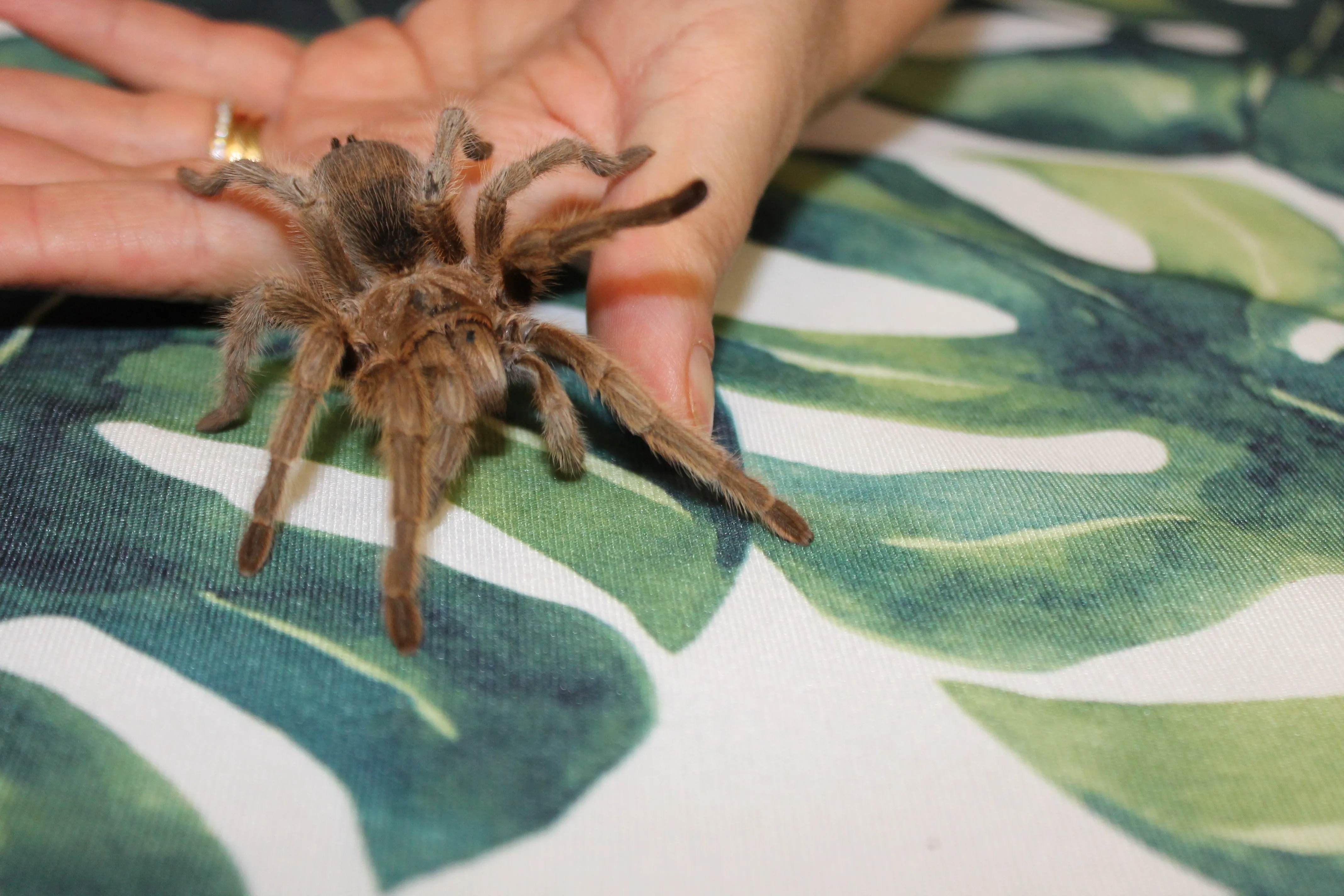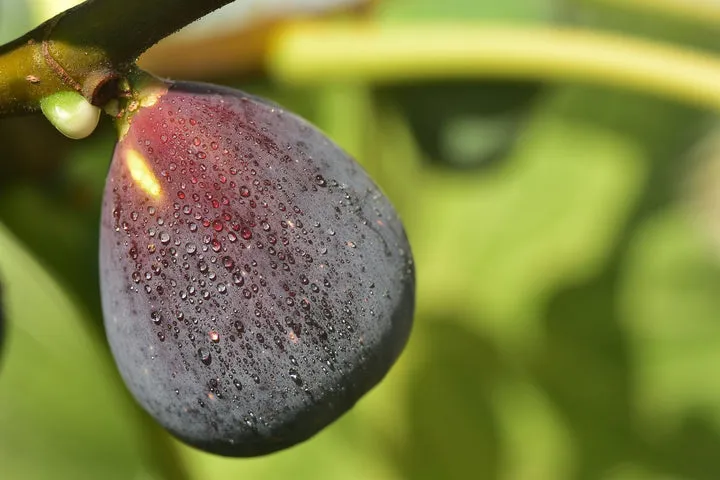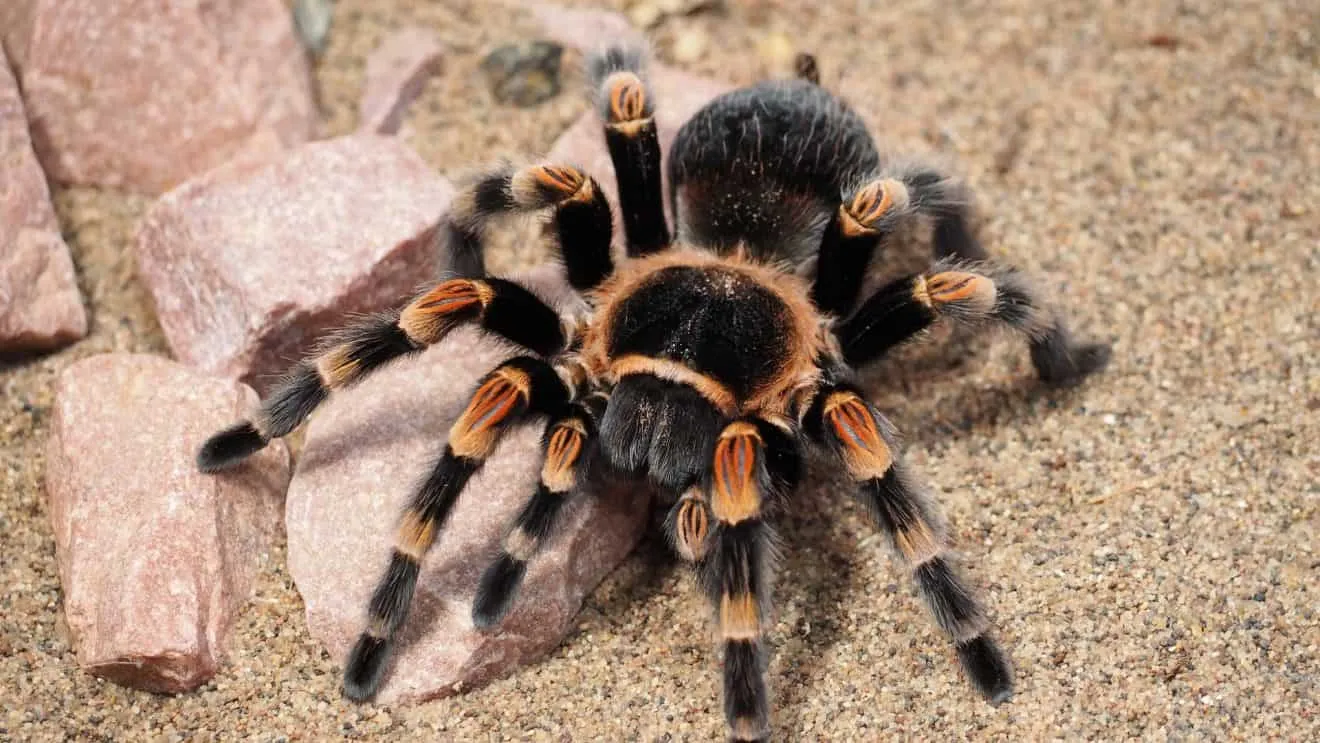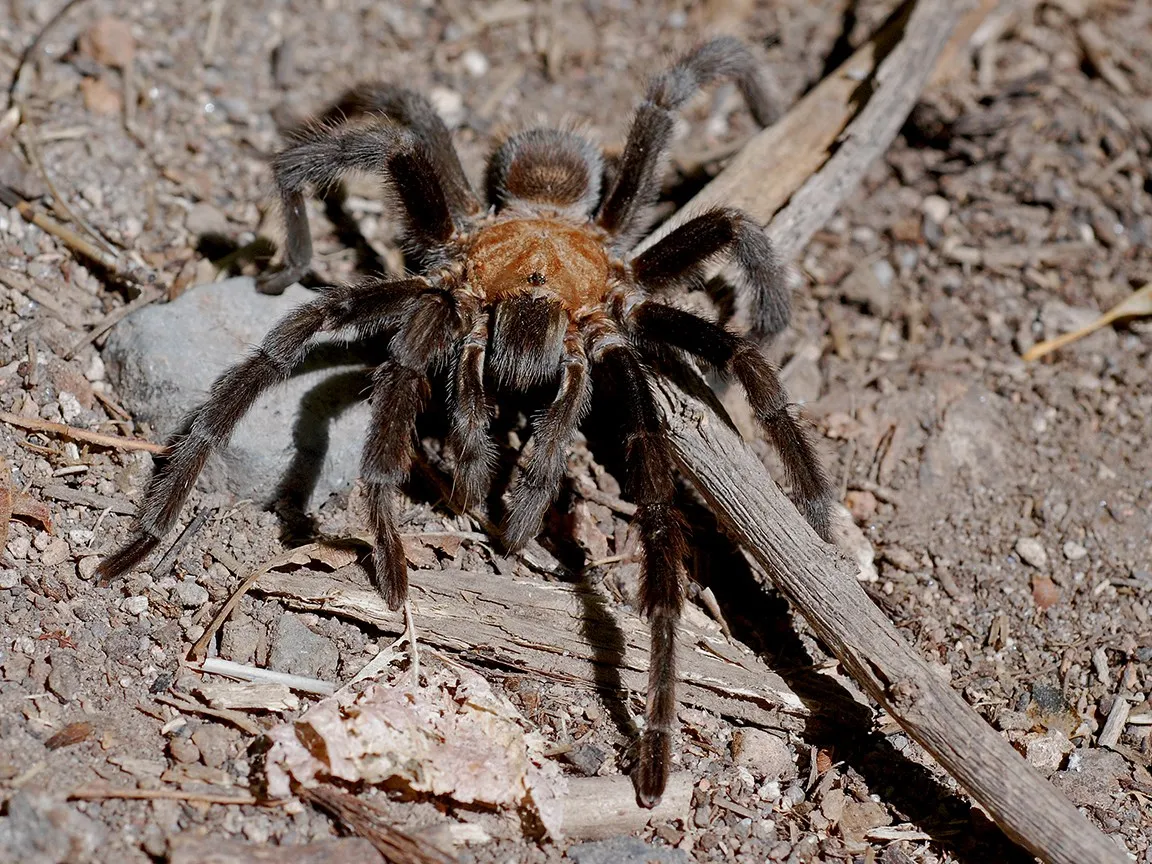Tarantulas, with their impressive size and captivating presence, are popular pets for many. But when considering welcoming one into your home, a crucial question arises How long do tarantulas live? The answer isn’t straightforward, as it depends on several factors. This guide explores the key elements influencing a tarantula’s lifespan, providing essential insights for both current and prospective tarantula owners. Understanding these facts will help you provide the best possible care, ensuring your eight-legged friend thrives for as long as possible.
Fact 1 What Influences a Tarantula’s Lifespan
Several aspects impact how long a tarantula lives. While genetics play a role, environmental factors and care practices significantly influence their longevity. These elements can either extend or curtail a tarantula’s potential lifespan, underscoring the importance of understanding their needs. Creating an optimal living environment, providing a balanced diet, and regular health checks are all essential for maximizing your tarantula’s lifespan. Proper care is not only about extending their life but also about ensuring they live a healthy and comfortable life.
Diet and Nutrition’s Role
A well-balanced diet is crucial for a tarantula’s health and longevity. Tarantulas are primarily insectivores, meaning their diet consists mainly of insects. Feeding them a variety of insects, such as crickets, roaches, and mealworms, ensures they receive the necessary nutrients. It’s important to avoid overfeeding, as obesity can shorten their lifespan. The frequency of feeding varies with the tarantula’s age and species, but generally, adults are fed once or twice a week, while juveniles require more frequent meals. Providing fresh, clean water is equally important, as hydration is vital for their overall well-being. Nutritional deficiencies can lead to health problems, so it’s essential to research the specific dietary requirements of your tarantula’s species.
Environmental Factors

The environment in which a tarantula lives significantly affects its lifespan. Temperature, humidity, and the type of enclosure are all critical. Tarantulas thrive in specific temperature and humidity ranges, and maintaining these conditions is vital. The enclosure should be appropriate for the species and size of the tarantula, providing enough space for movement and burrowing, if applicable. The substrate, or bedding, in the enclosure should be clean, non-toxic, and changed regularly to prevent the buildup of bacteria and mold. Regular cleaning and maintenance of the enclosure are essential for preventing diseases and parasites. Providing hiding places, such as cork bark or artificial plants, can also help reduce stress, contributing to a longer, healthier life.
Fact 2 Male vs Female Tarantula Lifespans
One of the most significant differences in tarantula lifespans is between males and females. This disparity is a critical factor for prospective owners to understand, as it influences the long-term commitment required. The difference in lifespan is primarily due to biological differences related to reproduction and the overall energy expenditure associated with these processes. Understanding these distinctions can help owners prepare for the different stages of their tarantula’s life.
The Short Life of Males
Male tarantulas typically have a much shorter lifespan than females. After reaching maturity, which can take several years, male tarantulas often live for only a few months to a year. This shorter lifespan is primarily due to their role in reproduction. Once a male matures, he will focus on finding a mate, and the energy expenditure involved in this process, along with the risks associated with mating, significantly shortens their lifespan. After mating, the male’s life cycle nears its end, making the period after maturity the most critical for him.
The Long Life of Females

Female tarantulas, on the other hand, can live for a considerably longer time. Depending on the species, females can live anywhere from 10 to 30 years or even longer. Their longer lifespan is due to the absence of the energy-intensive demands of mating. They continue to molt and grow throughout their lives, maintaining a more stable and extended life cycle. Providing a nurturing environment and optimal care significantly contributes to a female tarantula’s longevity. This longevity makes female tarantulas a more substantial, long-term commitment.
Fact 3 Species Variations in Lifespan
The specific species of tarantula significantly influences its lifespan. Some species are known for their relatively short lives, while others can live for decades. This variation is a critical consideration for anyone planning to own a tarantula, as it affects the level of commitment and the type of care required. Researching the specific needs of the tarantula species you are considering is essential for providing proper care and ensuring a healthy, long life.
Common Pet Tarantula Species
Several tarantula species are popular pets due to their relatively docile nature and ease of care. The Chilean rose tarantula (Grammostola rosea) is one of the most well-known, with females living for 10-20 years. The Mexican red knee tarantula (Brachypelma hamorii) is another popular choice, known for its striking coloration and a lifespan of 20-30 years for females. These species, along with others, are often recommended for beginner tarantula keepers because of their hardiness and manageable care requirements. However, even these common species require specific environmental conditions to thrive, emphasizing the importance of understanding their needs.
Less Common Species and Their Lifespans

Less common tarantula species can have widely varying lifespans. Some, like certain arboreal species, may have shorter lifespans compared to some of the terrestrial ones. Researching the specific needs of less common species is crucial, as care requirements can vary significantly. It is essential to learn about the species’ specific temperature, humidity, and dietary needs to ensure their well-being. Consulting with experienced tarantula keepers or breeders can also provide valuable insights into the care of less common species, helping to ensure they live long and healthy lives.
Fact 4 Growth Stages and Molting
Molting is a critical process in a tarantula’s life, directly influencing its lifespan and overall health. Understanding the molting process and how it affects the tarantula is essential for responsible pet ownership. Molting is not only a sign of growth but also a way for the tarantula to shed its old exoskeleton and replace it with a new one, allowing it to grow and stay healthy.
The Molting Process
During molting, a tarantula sheds its exoskeleton, revealing a new, soft, and vulnerable body. The frequency of molting decreases as the tarantula ages. Juveniles molt more frequently than adults, sometimes every few months, while adults may molt only once a year or even less often. Before molting, a tarantula may become less active, lose its appetite, and may appear to be a different color. It is crucial not to disturb a tarantula during molting, as any interference can be fatal. The entire process can take hours or even days, and it’s a vulnerable time for the tarantula.
How Molting Affects Lifespan

Molting is a vital process for tarantulas, allowing them to grow and regenerate lost limbs. However, the stress of molting can also be a factor in their lifespan. Each molt requires significant energy and can be a vulnerable period. Poor conditions, such as improper humidity or temperature, can make molting more difficult and stressful, potentially shortening the lifespan. Providing the correct environment and avoiding disturbances during molting can help reduce stress and contribute to a longer life. A healthy molt is a sign of a healthy tarantula, indicating it is thriving and has a higher chance of living a long life.
Fact 5 How to Care for a Long-Lived Tarantula
Providing the right care is key to maximizing a tarantula’s lifespan. This involves creating an ideal habitat, providing the correct diet, and regularly monitoring its health. By paying attention to these essential factors, you can help your tarantula thrive and enjoy a long, healthy life. Consistent and informed care is crucial for ensuring your pet’s well-being and extending its lifespan as much as possible.
Creating the Ideal Habitat
The habitat should mimic the tarantula’s natural environment as closely as possible. This includes providing the correct temperature, humidity, and substrate. The enclosure should be appropriately sized for the species and the tarantula’s stage of growth. Adequate ventilation is essential, but avoid drafts. Provide hiding places, such as cork bark or artificial plants, to reduce stress. The enclosure should be kept clean, with regular substrate changes to prevent the buildup of waste and bacteria. Regular monitoring of temperature and humidity levels is also crucial to ensure the environment remains optimal. The correct habitat is fundamental for a tarantula’s health and longevity.
Proper Feeding and Hydration

A balanced diet and access to fresh water are essential for your tarantula. Feed them a variety of insects appropriate for their size and species. Avoid overfeeding, as this can lead to health problems. Offer fresh water in a shallow dish, ensuring it’s always available. Monitor their eating habits, as a loss of appetite can indicate health issues. The frequency of feeding will vary based on the tarantula’s age and species. Always remove uneaten food to prevent mold and bacterial growth. By providing a balanced diet and clean water, you’ll contribute significantly to your tarantula’s health and potentially extend its lifespan.
Conclusion: The lifespan of a tarantula is a complex topic influenced by multiple factors, including species, sex, diet, and environment. While male tarantulas typically have shorter lives, females can live for many years with proper care. Providing a suitable habitat, a balanced diet, and regular health checks will give your tarantula the best chance at a long and healthy life. Understanding these factors will allow you to be a responsible and informed tarantula owner, ensuring your pet thrives for years to come.
